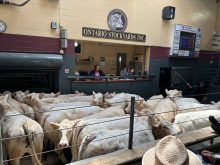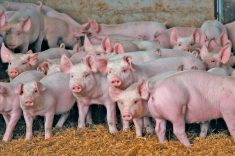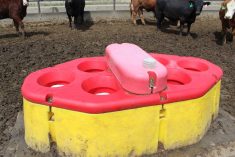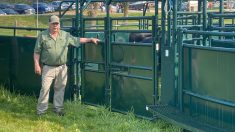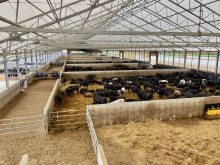Ten years ago, Jeremy Sweeten realized that the farming he was doing in Indiana was no longer fun. He was raising crops conventionally, watching soil degrade and competing heavily with everyone else in his neighbourhood.
It wasn’t sustainable.
He pivoted to managing grass and cattle in the eastern upper peninsula of Michigan, moving his equipment and family to the remote and cooler part of the United States.
Why it matters: Regenerative agriculture is the latest farming buzzword, but it means something to farmers who have studied and adopted its practices.
Read Also
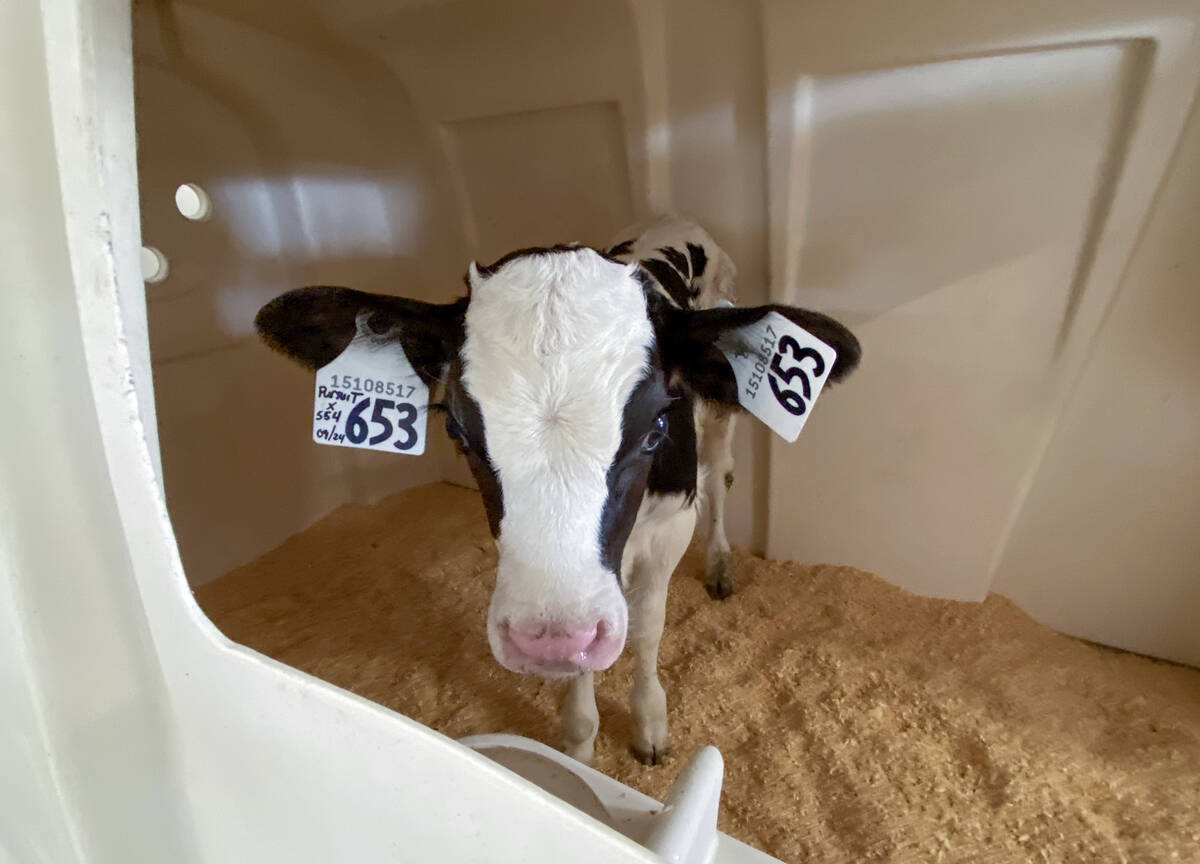
Lactanet turns methane expertise into business opportunity
Lactanet’s new fee-for-service breeding tool initiative to reduce greenhouse gas emissions in Canadian and Swiss Holstein herds will launch in April 2026.
He focuses on regenerating soil and is also a consultant for Understanding Ag, which consults on soil health and regenerative agriculture practices.
“What I love about regenerative ag is it is not a yield-driven, input-driven business. This isn’t you buy XYZ and your corn yield goes up three bushels per acre,” he said while presenting at the annual grazing information meeting hosted by Brussels Agri Service.
The financials weren’t working out on his farm in 2015 when he was growing hay and row crops and raising dairy heifers in Indiana. You’d think the jump to $7 per bushel for corn would be a good thing, but Sweeten says it tripled the cost to rent land overnight and there was no room to grow.
“I still like driving tractors and making hay and doing things, but we were at the point we either had to quit farming, we had to find cheaper land, we had to reduce our inputs — something.”
The family packed up and moved to Michigan, where he’s found farming fun again.
Why regenerative agriculture?
As regenerative agriculture spreads, there’s increasing concern about its lack of definition, but that might be part of the point.
According to Sweeten, regenerative doesn’t have the rules of organic agriculture, and a farmer still has access to all the conventional agriculture tools if they’re needed.
“As you go down the regenerative path, you’re going to start using tools differently, and you’re probably not going to touch some of those tools, and you’re going to touch tools you’ve never touched before.”
Those tools enable people to reduce inputs and increase net profit, he says.
He says most of agriculture has focused on the chemical inputs in farming — such as the fertilizer mainstays of nitrogen, phosphorus and potash — but regenerative agriculture focused more on the microbial life in soil.
“Ninety per cent of soil function is related to microbial activity,” he says.
Building better soil structure makes the soils work better, including more aggregation that allows better water infiltration and organic matter increase.
There are signs of degraded soils, he says, including a lack of structure, poor smell, compaction and horizontal plating.
The practices that help improve soil, which Sweeten employs on his farm, are about creating diversity in the system, including diverse plants, livestock, soil biology and cropping systems.
Improved soil aggregation happens when plants carry out photosynthesis and store carbohydrates in their roots. Some of the carbohydrates leak out as root exudates, he says, and that feeds biology in the soil.
“It’s pretty cool, though, when you can go out on your farm and start sticking a shovel in the ground and finding aggregation soil, clinging to roots and it has a nice earthy smell to it,” he says.
Sweeten says he sees the difference on his farm. County hay average production per acre is 1.8 tons per year. He can get six tons of dry matter per year from one of his fields.
“Now that’s like owning three farms for one payment and there’s no inputs on that other than management and some bale grazing and cattle.”
Why the difference? Sweeten says it’s many factors, including better water holding capacity, a functioning energy cycle and mineral cycle.
Applying soil health principles across the farm has improved the way nutrients are cycled on the farm. They produce about 1,000 acres of hay and run 400 acres of pasture for cattle. He works with a couple of brothers in their 60s on the hay operation, and he says when they are ready to pull the plug on farming, he will too on the hay operation and focus on the cattle and their circular system of nutrient flow.
They run 65 cow-calf pairs, grass finish the calves and direct market the finished animals. They focus on moving the cattle more rapidly to new grass in the afternoon when Brix measurements say the sugars are at their highest levels.
“We’re really focusing on maximizing our land as much as possible with that livestock, because they don’t run on diesel fuel.”







